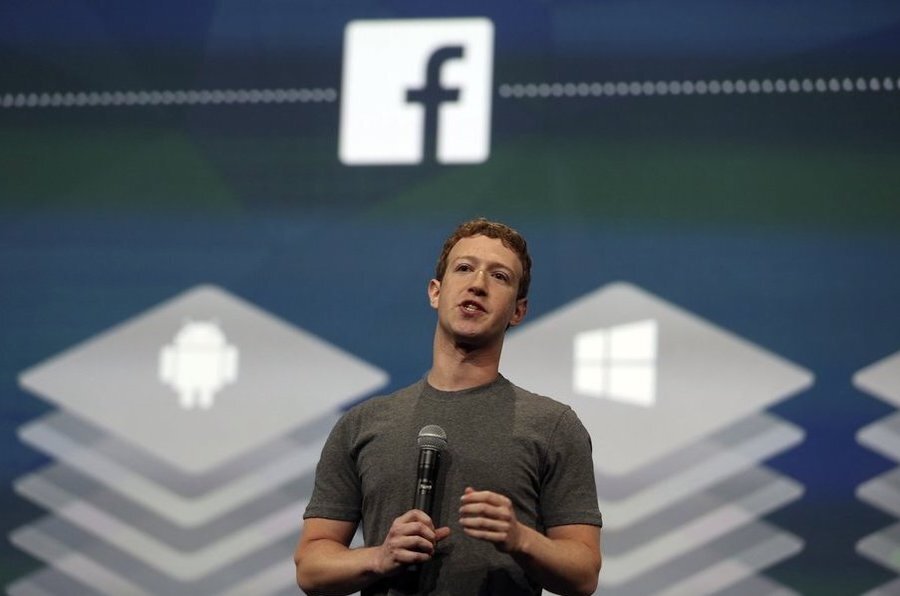Why Facebook users want a 'dislike' button — and why it’s not going to happen
Loading...
This holiday season, Facebook has hinted at a gift for its users — a little negativity.
Facebook CEO Mark Zuckerberg tempted the masses on Thursday in a live question-and-answer session, hinting that while a “dislike” button was not in the company’s future, Facebook may soon allow for more forms of expression than a simple “like.”
Many Facebook users have advocated for the feature since the “like” button was introduced in 2009. Countless petitions, as well as buttons, T-shirts, and many, many Facebook groups, have advocated for a thumbs-down on the popular social networking site.
Users say the “dislike” button would make some virtual social situations less awkward.
Announcing a death in the family or disappointing career news, for example, might be appropriate times to “dislike” a post to express sympathy or regret.
“Some people have asked for a dislike button because they want to be able to say, ‘That thing isn’t good,’” Zuckerberg said in Thursday’s question-and-answer session, according to TechCrunch.
A 2013 BuzzFeed post sponsored by Virgin Mobile introduced the idea that a “dislike” button would cause users to think before they post. The post listed foot-in-mouth or oversharing statuses (“Avoid tears while chopping onions by trying not to think about how lonely you are,” reads one) and says that “some of the things people say just need a thumbs down.”
Other users, however, treat the “like” button as a recommendation, and when asking for feedback from friends, a “dislike” would help them understand their friends’ opinions, according to CNN. (Notably, on many Facebook business pages, users can see their friends’ ranking of the displayed products, from one to five stars.)
While users can comment on most posts — allowing for a wide range of responses — Zuckerberg notes that the simplicity of the “like” button is part of its appeal.
“You know if you’re commenting, a lot of the time you feel like you have to have something witty to say or add to the conversation,” he said on Thursday.
But ultimately, a “dislike” button would not be “good for the world,” Zuckerberg said Thursday.
“I don’t think there needs to be a voting mechanism about whether posts are good or bad. I don’t think that’s socially very valuable or good for the community to help people share the important moments in their lives,” he said.
This wasn’t the first time Facebook officials squashed “dislike” dreams.
Bob Baldwin, a Facebook product engineer, answered questions on Reddit back in 2013, Slate reported. Then, he said that the core purpose of Facebook differed from an easy way to express “dislike.”
“Actions on Facebook tend to focus on positive social interactions. Like is the lightest-weight way to express positive sentiment. I don't think adding a light-weight way to express negative sentiment would be that valuable. I know there are times when it'd make sense, like when a friend is having a rough day, or got into a car accident like my sister yesterday (she's okay!). For these times, a nice comment from a friend goes a long way.”






